November 10 is celebrated as the Day of Migratory Species in Uzbekistan. Officially, this environmental date began to be celebrated in Uzbekistan in 2023. But the Steppe Clubs of Karakalpakstan, successfully functioning with the expert and methodological support of the Saiga Conservation Alliance, scientists from the Institute of Zoology of the Academy of Sciences of the Republic of Uzbekistan and the leaders of the NGO “Ekomaktab”, have traditionally celebrated this date for many years. This story is about the celebration in 2023.
Traditionally, Steppe clubs begin preparations for this date in advance. This year the chosen theme was “Migratory animals of Uzbekistan – difficulties of survival.” Illustrated information and methodological materials were prepared for teachers of school eco-clubs and online training was conducted to determine the most interesting approaches and methods for conducting events in schools in Ustyurt and Nukus.
For a more detailed study, the children chose the following species: Saiga, Bukhara deer, Snow leopard, Turkmen kulan, Central Asian leopard, Ustyurt sheep, and Goitered gazelle. All these species live in completely different natural conditions. Some are high in the mountains, some are in deserts or steppes, and some are in forests near river beds. But they all have one thing in common – they are migratory species. During their migrations, they face challenges and are forced to overcome obstacles, many of which are caused by humans.
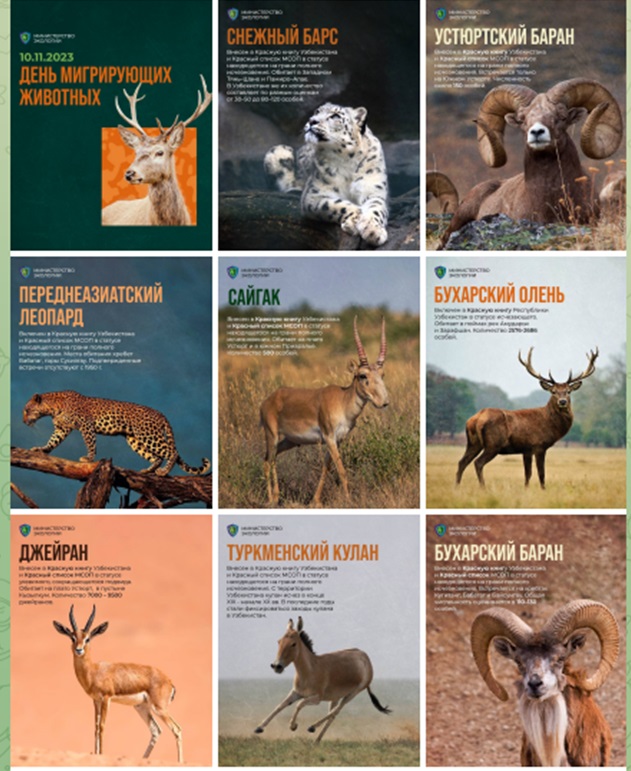
The first Migratory Species Day was held at school No. 46 in Nukus. Junior classes drew their favorite migratory animals of Uzbekistan. The drawings reflected the obstacles that they had to overcome during migrations. High school students took part in exciting competitions among erudite teams. The leaders of the eco-club “Nadezhda” prepared difficult questions, which the teams had to answer within one minute. Knowledge about the characteristics of migratory species and eco-logic came in handy here.
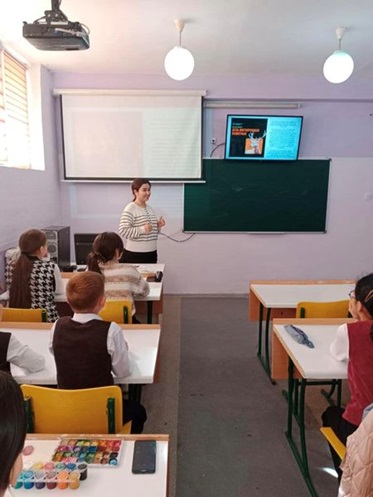

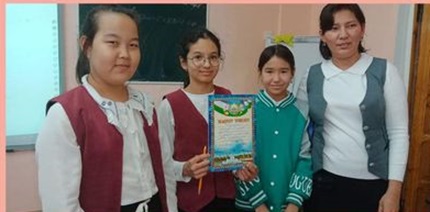
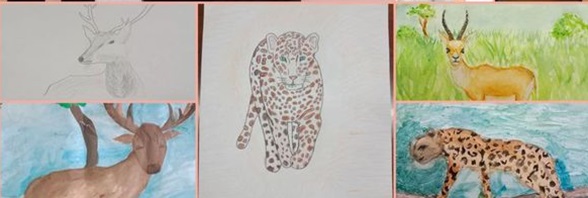
The second to take the baton was the steppe club from school No. 26 in the village of Karakalpakstan. The head of the Steppe Club, Saule Dauekeeva, very skillfully reveals interest in this topic among children and high school students. The younger classes tried to make models and drawings that reflected the natural environment in which their favorite migratory animal lives. Senior classes took part in the eco-erudite tournament. Teams had to give the correct answer in 1 minute to questions about the characteristics of migratory animals and the obstacles they overcome during their annual journeys. For example, the question: “Why are saigas not competitors in the food chain with livestock?” Or: “Who makes snow leopards go on seasonal journeys?”
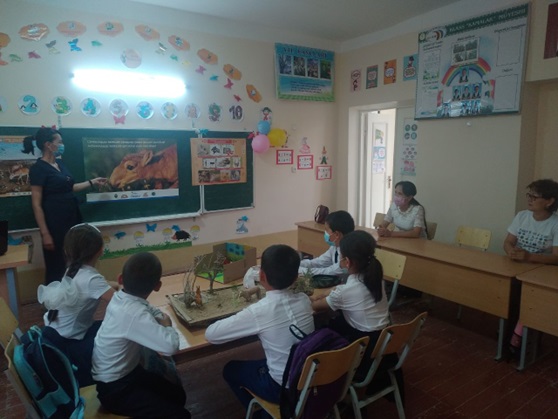
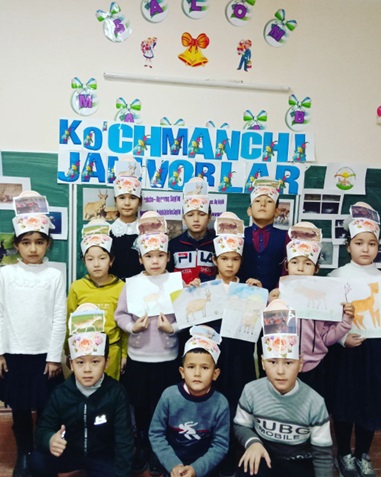
The events at the Steppe Club at School No. 54 in the village of Jaslyk were distinguished by their rich program. This year the composition of the teams was mixed. The teams of scholars included parents and children. There were different competitions: for knowledge, intelligence, logic, agility, and creative skills. It is very positive to involve parents in the process of learning and research. Family teams demonstrated increased interest in the topic of migratory animals and deep preparation for participation in the event. Because of the draw teams had to study all the migratory species. In the end, the team that scored the most points and moved the animal’s image to the safe zone won. An interesting task was to work with a map, on which it was necessary to correctly place migrating species in accordance with their habitat.
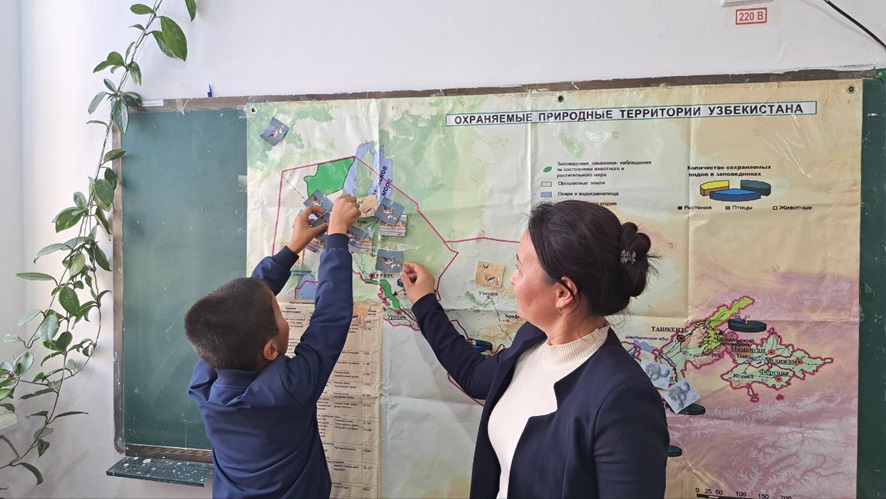
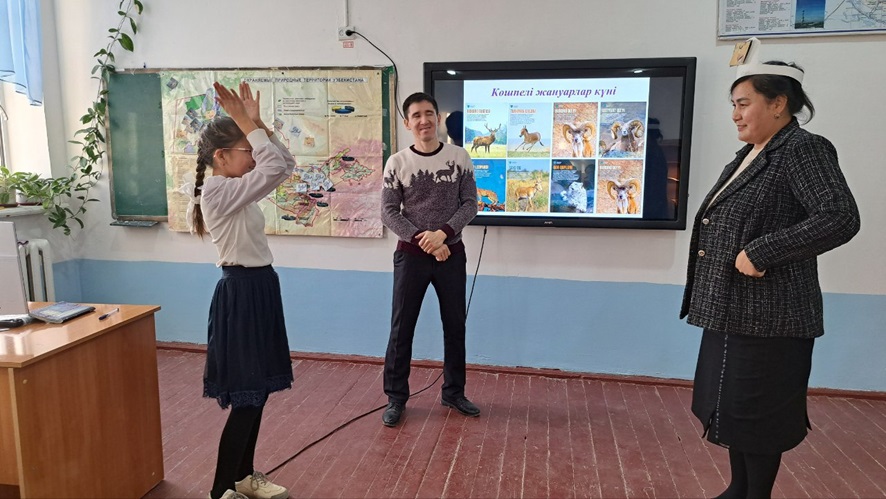
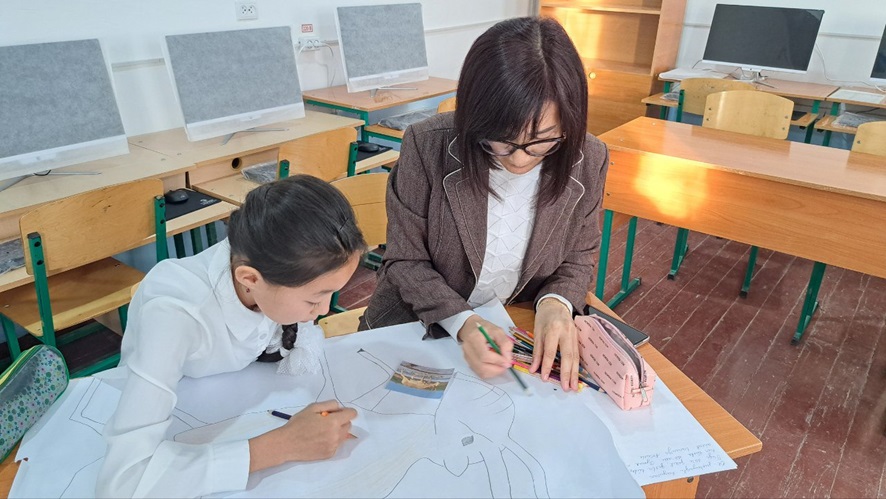
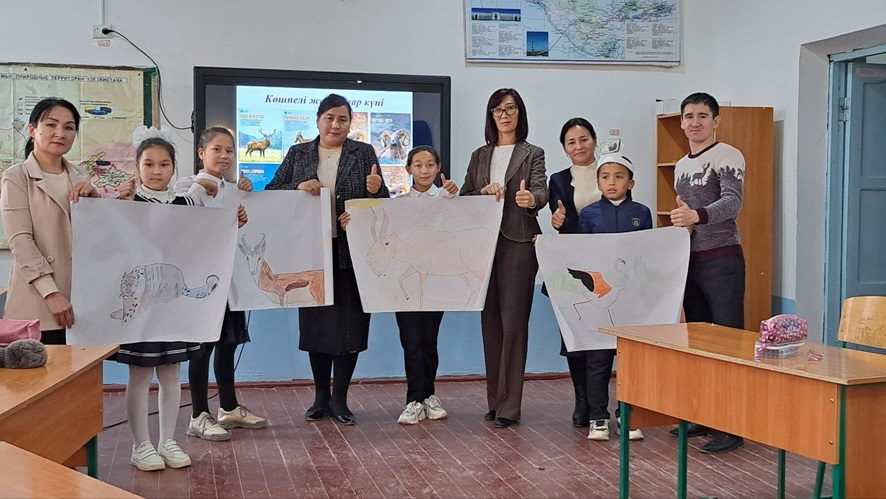
In total, more than 300 students and 50 teachers were direct participants in the events and competitions. Spectators and fans also received their share of information and knowledge. In general, environmental holidays are always very informative and exciting. And this Migratory Animals Day especially.
Natalya Shivaldova, NGO Ecomaktab
